Multi-Purpose Drone Vessel
Drones have garnered a lot of attention in the past several years, but the same technology is also steadily advancing in the maritime sector. For example, Ukrainian surface drones or USVs have inflicted significant damage on the Russian Navy, whilst the US Navy is testing out an unmanned surface fleet.
Amid these developments, Japan is also stepping up its efforts by developing a multi-purpose USV aimed at combat support roles. Adding to this attempt, a new unmanned underwater vehicle (UUV) specifically designed for long-term operations is already underway.
- General Overview
| Length | 10〜15m (33〜49ft) |
| Width | 1.8 (5.9ft) |
| Battery Life | 1 week |
Unlike its predecessors, the new UUV will be capable of autonomous navigation, and is intended to be deployed for various missions such as surveillance, reconnaissance, oceanographic research and installing underwater equipment.
To accommodate these multi-purpose tasks, the new UUV is much larger than previous models, enabling the unmanned vessel to easily host cameras, sonars, and communication devices.
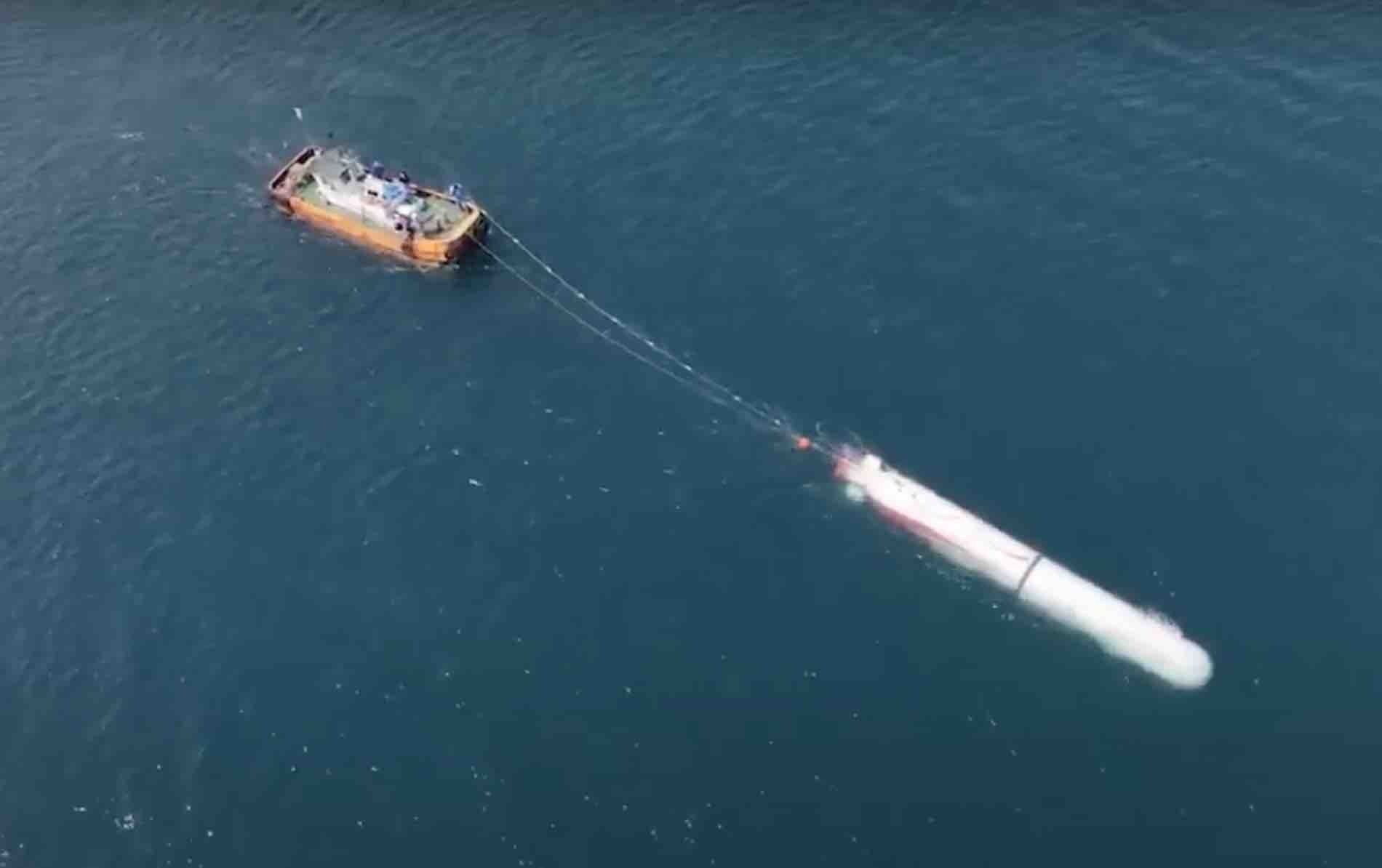 The new UUV is quite big (photo: Ministry of Defense )
The new UUV is quite big (photo: Ministry of Defense )
Furthermore, the UUV has adopted a modular design which allows for quick addition or removal of necessary functions, aiming to achieve both flexibility and cost reduction.
The UUV is mainly to be used for high-risk missions, including long-term infiltration into enemy waters, but its capability to install underwater sensor equipment can be applied to naval mine warfare.
Joint Project With Australia
Development of the new UUV is to be completed by 2027, with more projects to come based on the insights provided by the ongoing research.
Japan ultimately aims to employ multiple UUVs at the same time under a coordinated operation, but future projects also include the potential joint development with Australia.
Japan and Australia has already agreed on exploring such possibility to enhance surveillance capabilities against China through mutual interoperability.
Although both countries are 7,000 km or 4,350 miles apart, they share the common goal of countering China in the region, and ioint research on UUVs will certainly strengthen the semi-alliance.
If a joint surveillance network using UUVs could be established, both countries could collect maritime information beyond their individual capabilities – Japan acquiring intel from the South China Sea and South Pacific, whereas Australia could gain access to the East China Sea and Western Pacific.



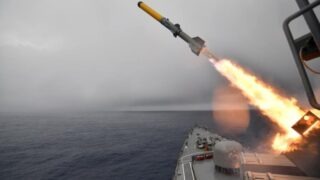
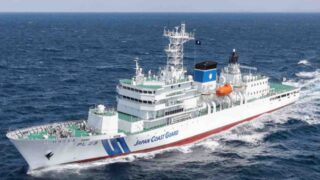
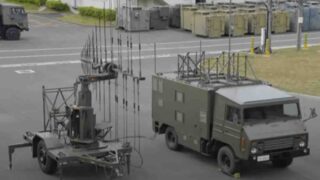


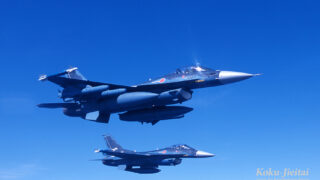

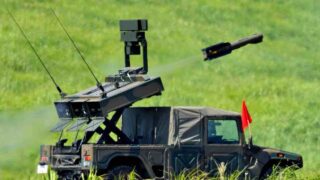

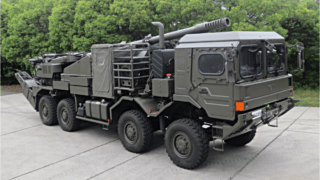

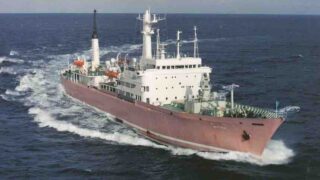


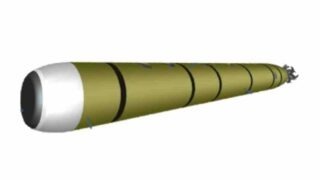

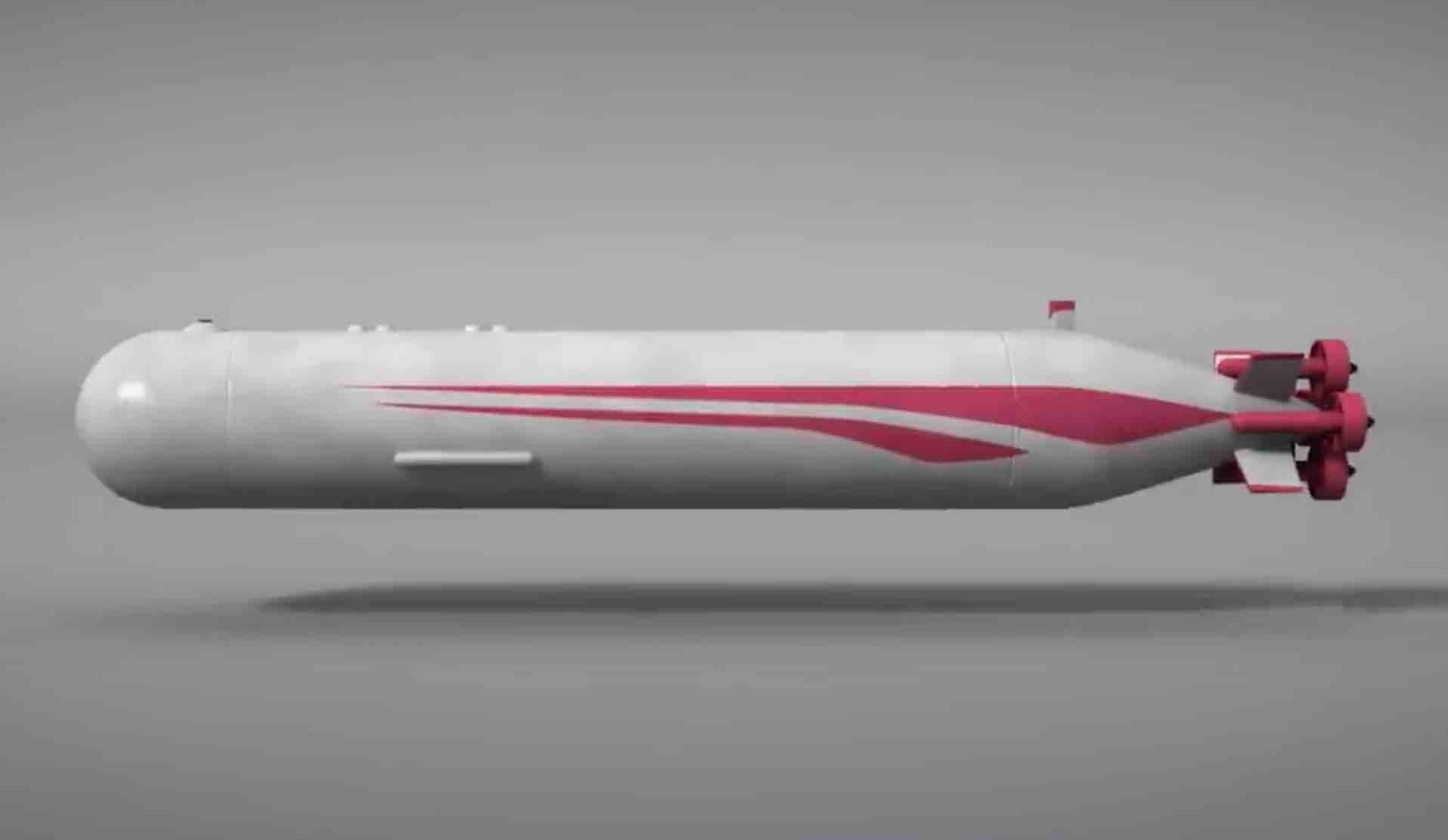
Comments